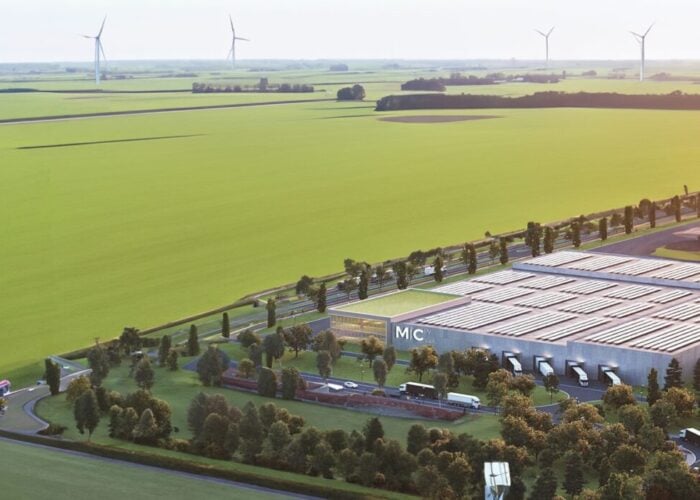centrotherm is highlighting low-pressure diffusion system at SNEC 2014, which it claims can offer up to 40% per wafer for solar cell emitter formation. The cost reductions are attributed to almost a doubling of the systems wafer throughput to more than 140MW per year and overall lower media consumption.
Problem
The necessity of both cost savings and efficiency improvements is the main challenge in the mass production of c-Si solar cells. Among other things, this demands homogeneous high-quality emitters as well as high emitter sheet resistance (> 100 Ω/square) that is fundamental to exploit efficiency potentials of commonly used metallization pastes.
Try Premium for just $1
- Full premium access for the first month at only $1
- Converts to an annual rate after 30 days unless cancelled
- Cancel anytime during the trial period
Premium Benefits
- Expert industry analysis and interviews
- Digital access to PV Tech Power journal
- Exclusive event discounts
Or get the full Premium subscription right away
Or continue reading this article for free
Solution
The low-pressure diffusion process enables high homogeneity even at emitter sheet resistance of up to 150 Ω/square and able to further exploit the efficiency potentials of both conventional and new metallization pastes (emitter resistance > 100 Ω/square). Furthermore, the centrotherm low-pressure diffusion technology opens up a broad corridor for new diffusion processes for solar cell manufacturers, especially through the fast and changing deployment of gases in the process tube, according to the company.
Due to low pressure processing there is a high cost saving potential regarding materials and media consumption.
Applications
Low pressure diffusion
Platform
The low-pressure diffusion system is based on the modular design of the standard diffusion furnace allowing fast installation and start-up. It is available in various configurations regarding process capability, capacity and automation level.
The equipment is capable to process 5,000 wafers simultaneously at 2.38mm back-to-back loading and 6,000 wafers at 2mm back-to-back loading, respectively.
Availability
Currently available.






